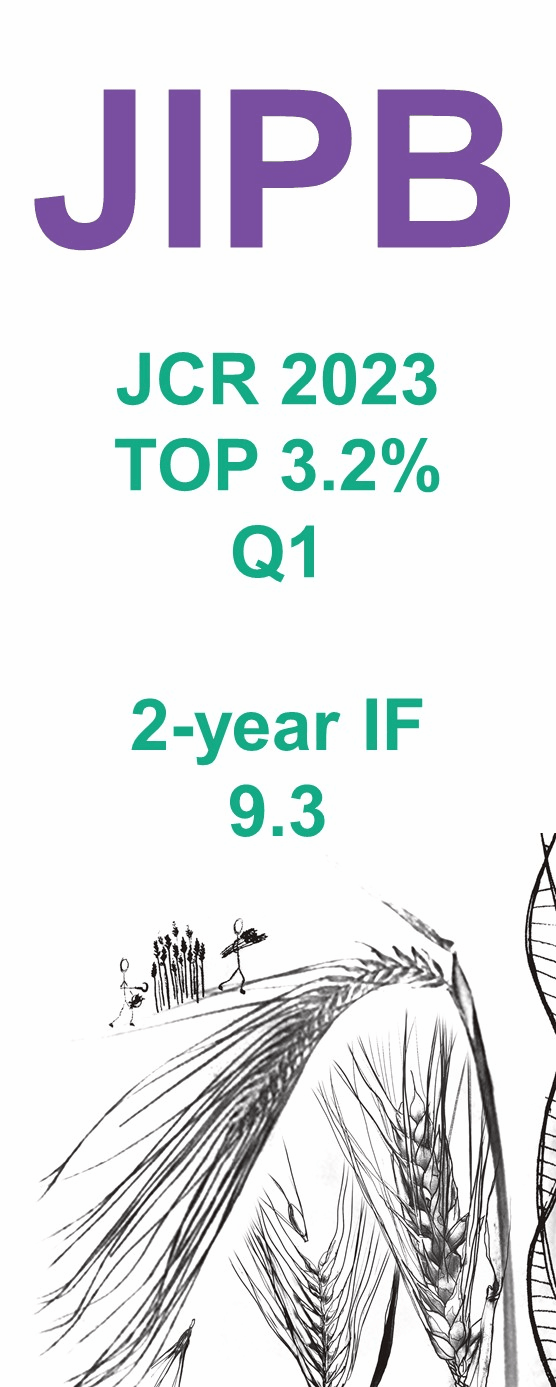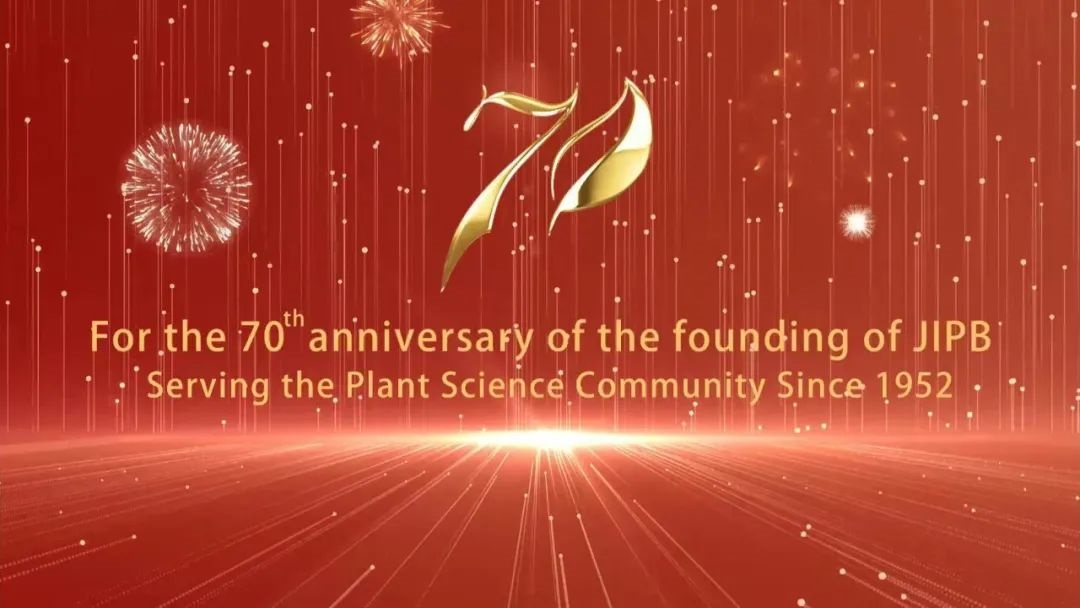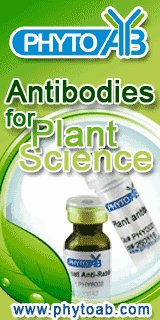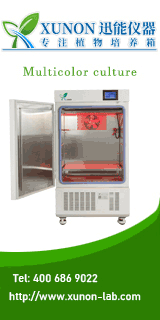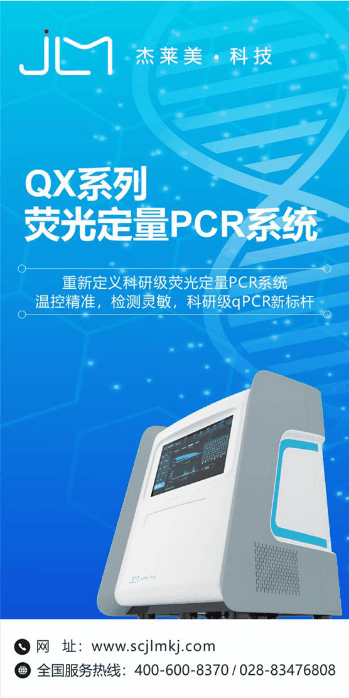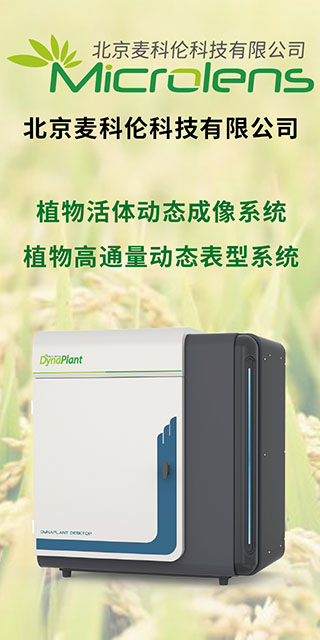Select
Author: Li-An DUO, Yu-Bao GAO and Shu-Lan ZHAO
J Integr Plant Biol 2005, 47 (9): -.
Domestic rubbish compost is a complex-polluted system, containing multiple heavy metals, which limits its application. In the present study, Cr, Mn, Ni, Cu, Zn, Cd, and Pb accumulation and ecological responses of turfgrass to rubbish compost were investigated following the addition of EDTA. The results showed that the addition of EDTA significantly increased heavy metal accumulation in Lolium perenne L. and Festuca arundinacea L. Most heavy metal concentrations in L. perenne increased with increasing EDTA supply. The concentrations of Cr, Mn, Ni, Cu, and Cd in L. perenne were highest following the addition of 30 mmol/kg EDTA and the concentrations of Cr and Ni at this point reached concentrations of 1 914.17 and 521.25 g/g, respectively. When the EDTA level was < 20 mmol/kg, the accumulation of most heavy metals in F. arundinacea increased with increasing EDTA supply, but showed a tendency to decrease at EDTA concentrations >20 mmol/kg. The highest concentrations of Mn, Ni, Cu, and Zn in F. arundinacea reached 268.01, 110.94, 161.52 and 1 354.97 g/g, respectively, following the addition of 20 mmol/kg EDTA. The EDTA-induced increase in the accumulation of heavy metals in turfgrass was plant- and metal-specific. L. perenne had a relatively high ability to accumulate Cr, Ni, and Zn. The highest Zn concentration was 2 979.58 g/g and, following the addition of EDTA, the concentrations of the three metals were increased 26.23, 20.03, and 10.49-fold, respectively, compared with control. However, F. arundinacea showed a high ability to accumulate Cr, with the highest concentration (596.02 g/g) seen following the addition of 30 mmol/kg EDTA; the concentration of Cr increased 15.51-fold compared with control. With EDTA addition, ecological responses of both turfgrass species showed that EDTA at concentrations <10 mmol/kg increased seed germination and aboveground net primary production (ANP) of L. perenne and slightly inhibited those of F. arundinacea, but EDTA at concentrations >20 mmol/kg inhibited these parameters significantly for both species. Moreover, EDTA increased the chlorophyll and proline content at all concentrations tested. On the basis of the synthetic remediation index, the optimal EDTA concentration for turfgrass remediation of heavy metals in compost is approximately 10 mmol/kg.




 Scan the QR code to view JIPB on WeChat
Scan the QR code to view JIPB on WeChat




